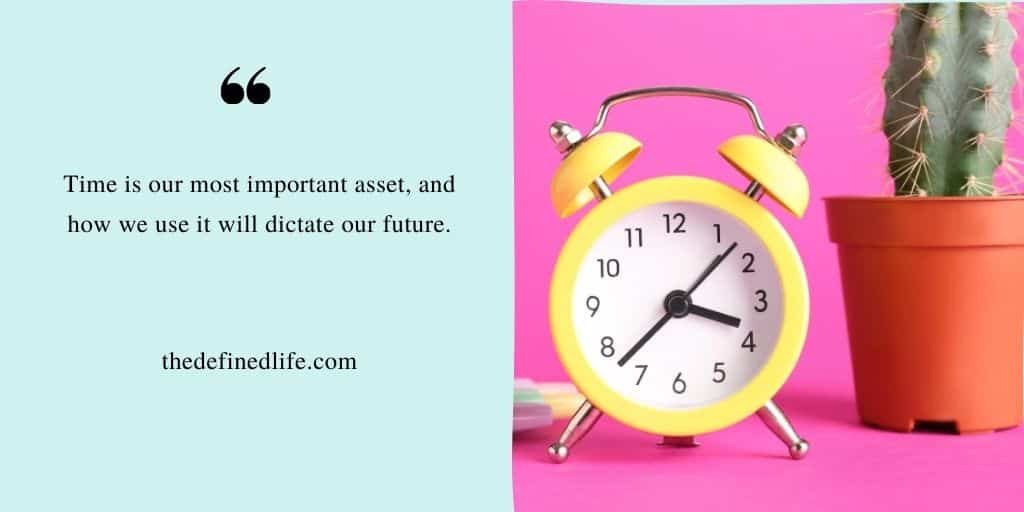
We are now in a fast-paced era. With a lot of things to juggle- work, family and personal goals it is easy to feel overwhelmed. That’s why being productive is not just about getting more than- it’s about making time for what matters.
In this blog post, let us discuss how to start and use a journal for productivity. Since journaling can help us focus- why not use it to achieve productivity?
Table of Contents
What is a productivity journal?
A productivity journal is a type of journal that is focused on your plans, goals or tasks. Unlike a creativity journal that is designed for self-expression, a productivity journal is more structured and goal-oriented.
The purpose of a productivity journal is to bring clarity to your day, keep you focused on what is important and track your progress. It can act as a roadmap for your goals and tasks.
Why can journaling improve productivity?

A productivity journal is not just a notebook- it is a powerful tool for organizing your life and staying on track. Here are reasons why a journal for productivity works:
- Writing forces us to clarify our priorities. When we list our tasks for the day, we naturally organize them by importance and that will help us tackle what matters most.
- A productivity journal provides a visual record of our achievements. We can feel inspired and motivated when we see completed tasks and milestones. It also helps to measure our progress in time.
- Journaling for productivity can also help us identify patterns and see what’s working or not. With this, we have a guide on how to adjust our actions.
- Lastly, writing things down frees up our minds. Instead of having to remember everything, we can focus more on being productive.
How to start a productivity journal?
Starting a journal for productivity can be simple and flexible. You can follow these three steps to start your productivity journal:
Step 1: Decide whether you prefer a physical notebook or a digital app. You can choose whatever fits you and your lifestyle. If you opt for a digital journal, I recommend Evernote and Notion. But there are lots of other apps to choose from
Step 2: Ask yourself what you want to achieve with your journal. Are you looking to organize daily tasks, track long-term goals, or build new habits? Having a clear purpose will make your productivity journal effective.
Step 3: Decide on a structure that works for you. You can organize your productivity journal with sections for daily to-do lists, weekly reviews and monthly goals. You can improve your journal as you go.

What can be included in your productivity journal?
To make the most of your productivity journal, here are my suggestions on what can be included:
- Daily task list- keep a prioritized to-do list. Include deadlines to ensure you stay on track and focus on what’s most urgent and important.
- Goal setting- you can also include a space in your productivity journal for setting and reviewing your goals. You can include your short and long-term goals to remind and push yourself to achieve more.
- Time blocking- use your productivity journal by assigning specific time for each task. Time blocking can help stay focused and ensure your most important tasks are prioritized and done
- Progress tracking- track completed tasks, milestones, and goals. Seeing your progress written and recognized can give you an extra dose of motivation.
- Reflection- use this section to jot down lessons learned, challenges faced, and areas for improvement. Reflection can help you grow and refine your productivity strategies.
Final thoughts on how to journal for productivity

We have to admit that staying productive and focused can be challenging amidst different distractions. Why not use the easiest habit to improve our productivity? Use journaling to step up your focus and motivation.
Love and light,








Leave a Reply